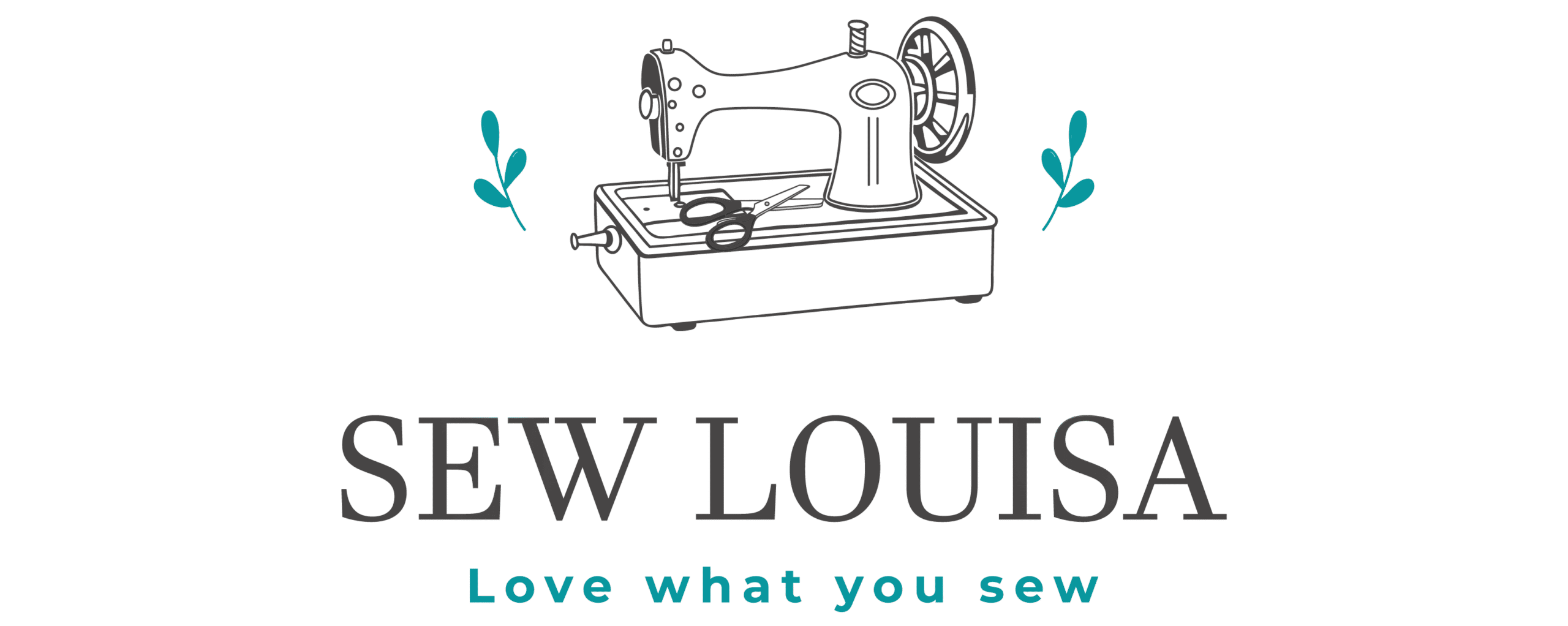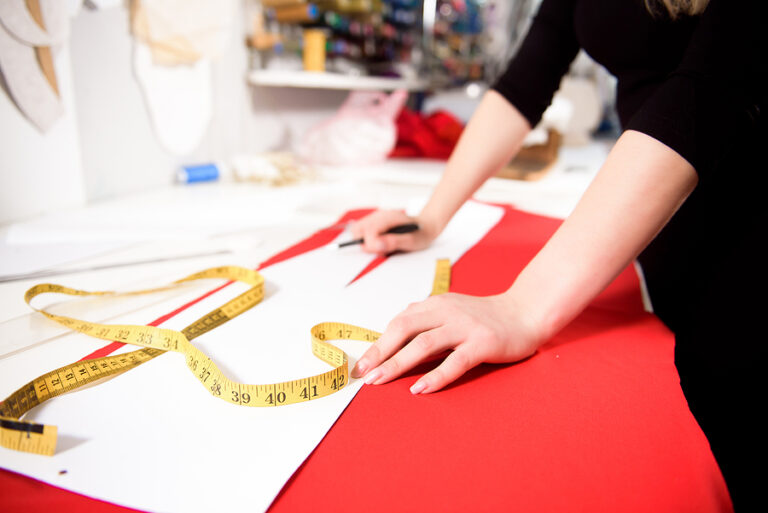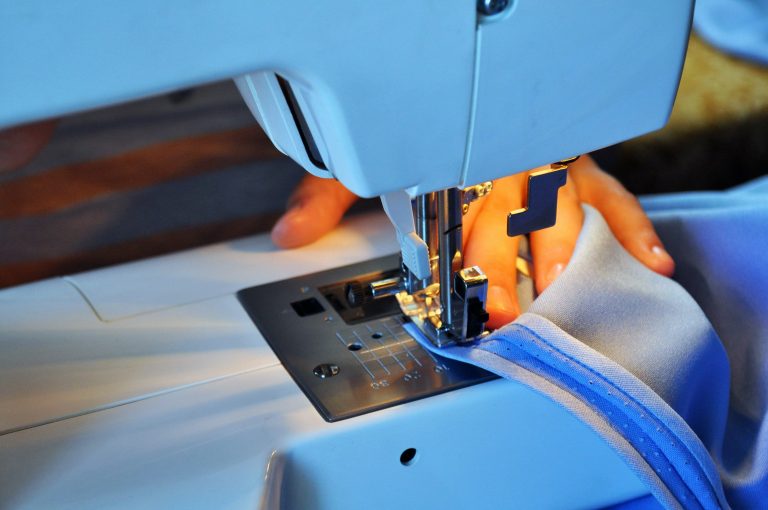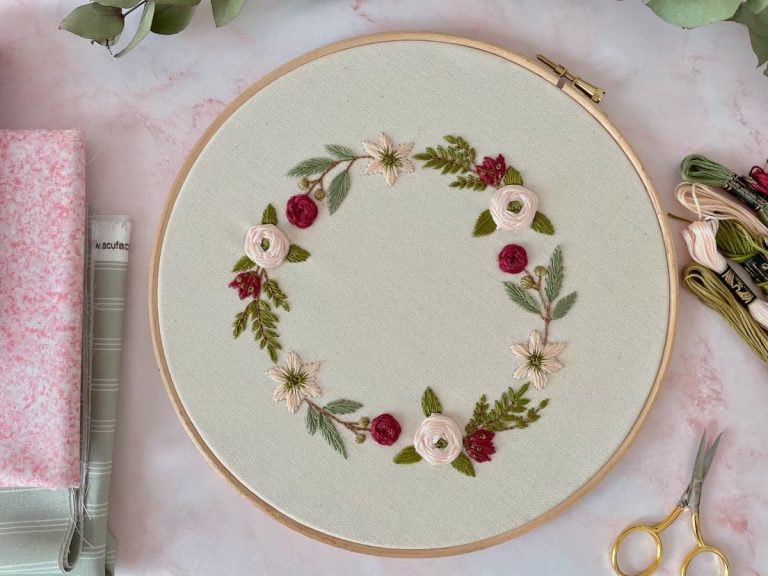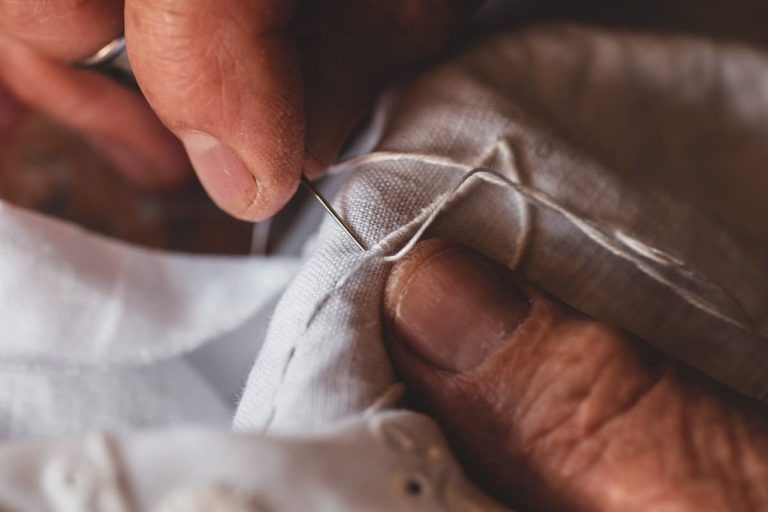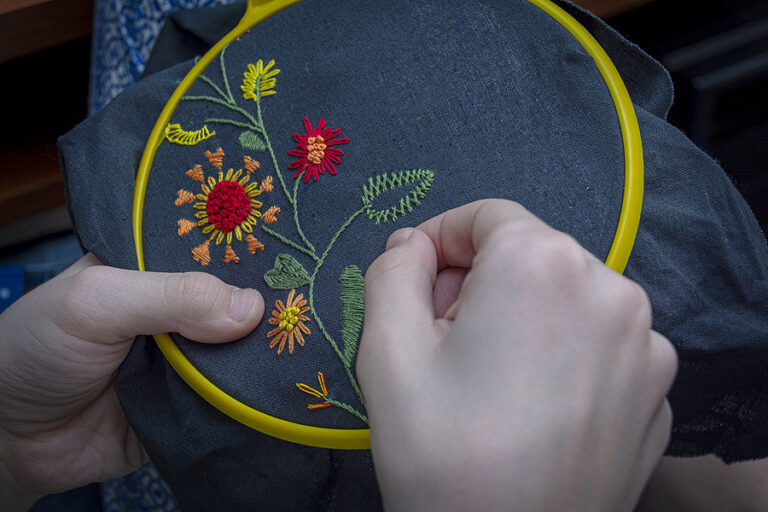One of the most common mysteries of custom embroidery stitching is the vestigial features of an item of clothing.
A vestigial feature, much like a vestigial body part is a part of the clothing that originally had a much larger purpose but over time has been reduced to having no real purpose in the modern world.
The clothing world still has many of these features, which have or at least had some rather surprising added effects.
- The Sweatshirt Triangle
One of the more interesting stitches on an otherwise plain sweatshirt is the triangle design stitched just below the collar.
Whilst nowadays it is a rather nostalgic quirk, when the original sticking was made in the 1920s it was actually used as a way to absorb sweat. The triangle was traditionally made with waistband material and was the reason why sweatshirts even had the name.
Nowadays, few sweatshirts have that material and only have the stitch.
- The Little Jeans Pocket
A friend of guitarists, ticket holders and people who keep losing their keys everywhere, the little pocked sewn and rivet-sealed in one of the pockets actually did have a purpose when the earliest Levi’s Jeans were made in the middle of the Gold Rush of the 19th century.
They were used to protect pocket watches during mining, farming and other activities that often led to shattered glass faces when placed in the pocket of a waistcoat.
- Protective Pompom Hats
Whilst they are often seen as purely decorative, the soft pompoms on the top of a lot of winter hats actually were invented for quite an important purpose.
Sailors would wear them as a little bit of protection when travelling through choppy waters to avoid being bumped on the head.
